04 Jul How customer trust makes your brand stand out.
Interesting fact, Social media users have risen by 176 million in the last year. A million new mobile social users are added everyday, specifically, that’s about 12 users per second. The growth of social media is exponential, and is only going to elevate as time proceeds.
People within business, or not, are familiar with the the usability of common social media platforms, it is likely that they use these platforms on a daily basis. With that being said, turning employees into social media advocates is not a far fetched idea, thus individuals are already familiar with the given platforms.
1. Social Media Brand Advocacy Can Be a Method Of Bringing In Extra Cash.
Employees can add to your cashflow, and possibly add to their own salary in turn (we hope).
Are you aware of what employees can achieve, for your company as brand advocates? It sounds like a pretty mundane thing to say, but in actual fact, one would be surprised at the outcome of this!
Employees have a larger reach through personal accounts compared to the brands reach through the brands social accounts.
In essence, the aim for any brand is to reach as many people as possible, although all people reached will not be customers, this will surely increase the chances of a potential client taking notice of your services, therefore bringing you closer to your business goals, such as reinforcing the key message of you brand, brand awareness and sales connections.
Have I sold this to you yet? If not, I can go on.
2. Advocacy Adds Credibility To Content.
Employee advocates (family as well as friends) rank above brands. An individual is more likely to read or look into something that was shared by an individual he knows, compared to coming across a “random” advertisement on social media. The truth about advertising, is that viewers are tired of it, so it is a natural reflex to skip or scroll past an advertisement.
How does one avoid this from happening? Besides advertising in an innovative way, you could simply get an employee to share your brand.When a friend or family member sees that something was shared or recommended by “my cousin”, I’m probably going to give it a chance.
3. Employee Shares Reach a Wider Range Than Brand Shares
Promotional content is generally shared 24 times more, when posted by an employee, opposed to the brand. Employee advocacy can multiply brand awareness rapidly through verbal evidence. People talk about what they see on social media, people also refer to a person’s social media posts when in search of conversation starters, this is a means of introducing prospective customers.
4. Content Shared By Employees Attracts More Engagement
Let’s put it like this. Would you much rather, interact with a company – you don’t necessarily know if you’ll get a response today, you don’t know who is behind the response, it’s like talking to someone imaginary, because you come up with your own conclusions, compared to interaction with a family member or a friend.
You are certain that the user will respond, and you are familiar with the tone of their language, you simply feel like you’re interacting with a human being, increasing comfortability and just overall engagement. What increased engagement is good for, is increasing the lifespan of your post.
5. Employee Advocacy Campaigns Show Improved Conversions.
Now that we’ve covered engagement, let’s talk about conversation. Your brand first needs to increase engagement prior to thinking about what conversation should “cloud” your brand.
At the end of the day, you are dealing with human beings, think of it like that as opposed to seeing people as potential customers. An individual is more likely to post negatively towards a brand because, well, he’s like an “imaginary person”, because of something that could potentially not be a big deal.
Speaking about human beings, you want to treat your employees as partners, and not just employees. If you can do this, employees will be more than willing to use their personal accounts to help increase the reach of your brand. Remember, these are their personal accounts (they could be promoting their own brands that clash with yours) , so ultimately they should have the choice to decline – give them the choice and they will probably be willing.
6. Point For Three Crucial Relationships.
In the business world, relationships determine a substantial amount of the overall success. Employee advocacy has the power to affect three crucial relationships.
- Employee & Management Relationship
- Brand & Clients Relationship
- Employee & Employee Relationship (Team work)
With all of these being the focus, sales should increase automatically.
7. Improves Employer Brand.
Companies generally spend from 15% – 200% of an employee’s annual salary. Employee advocacy could definitely decrease that cost.
Turning employees into brand advocates is a great means of reaching a wider audience, and truly, there’s no reason not to give this a shot. There is nothing to lose, and everything to gain.








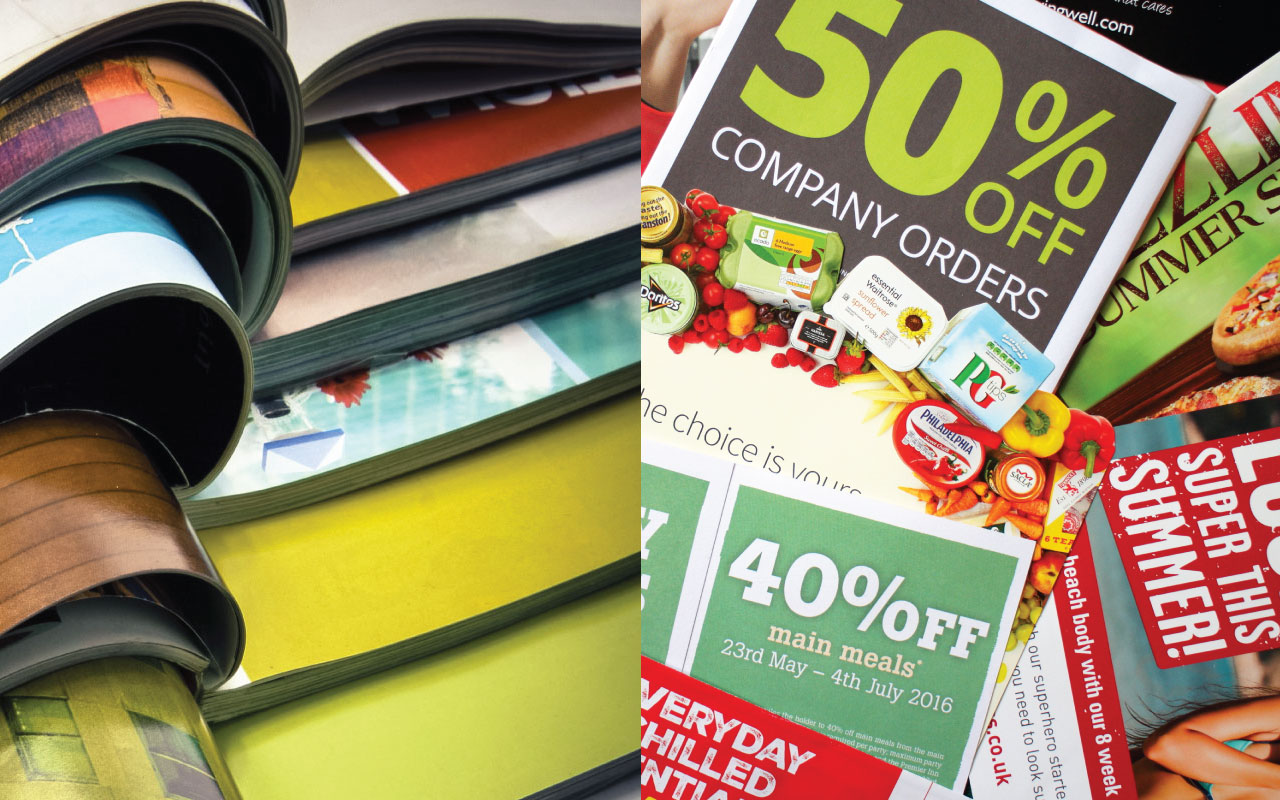










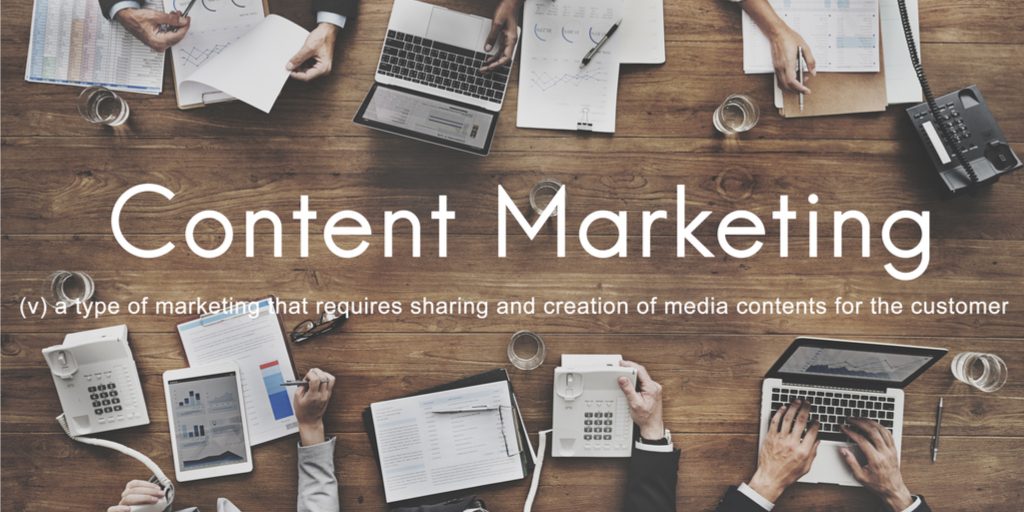

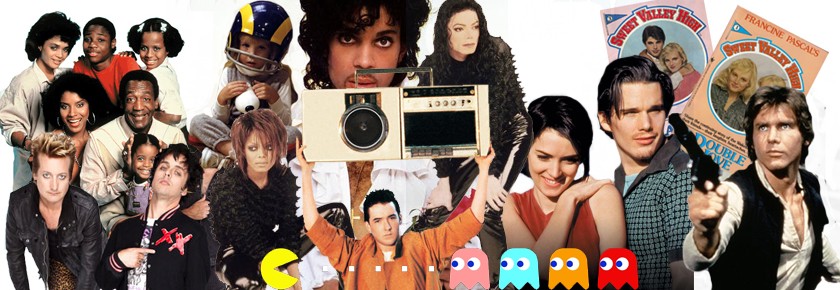














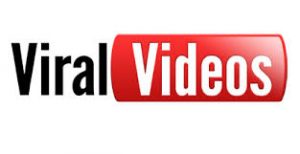

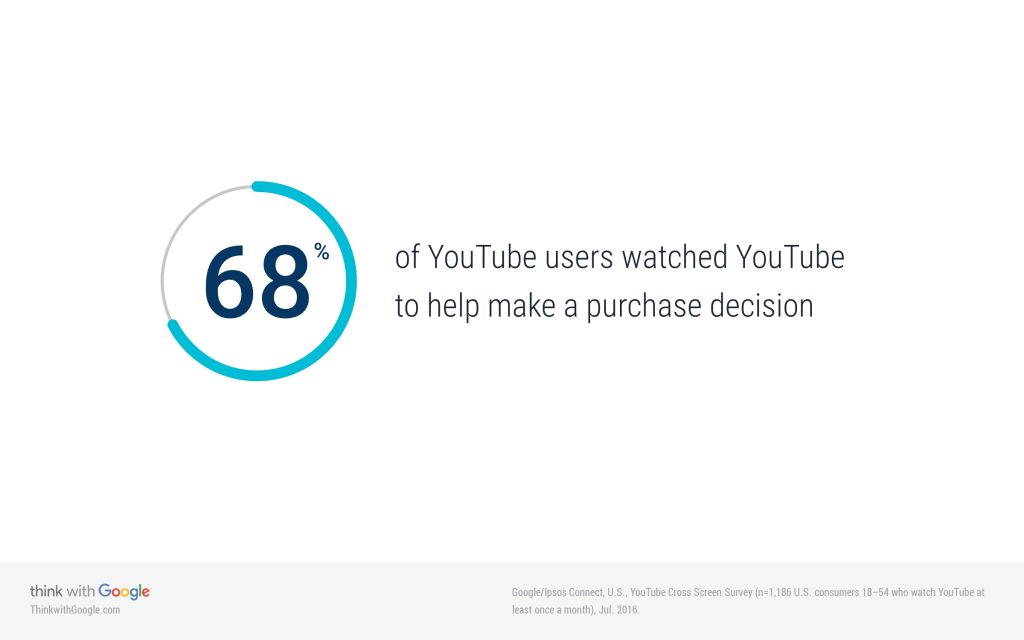

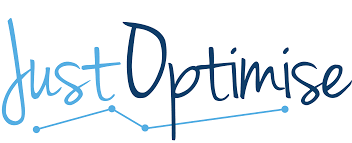
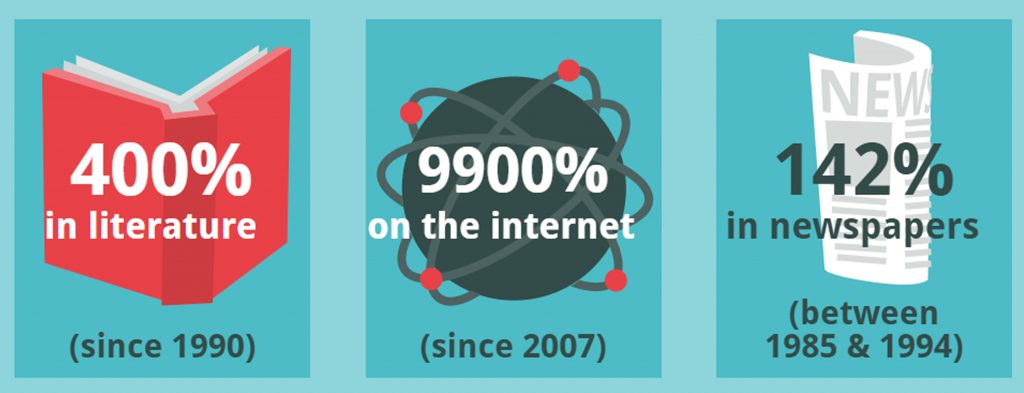
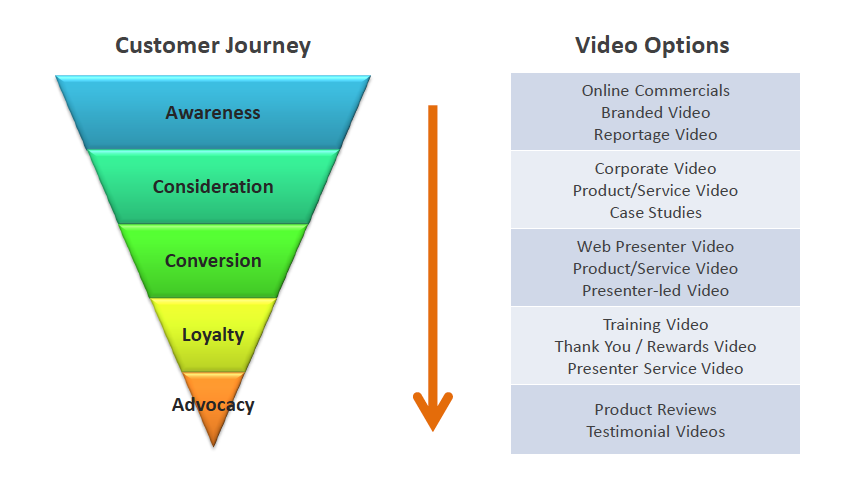 The funnel is made up usually of three tiers that essentially can be further extended
The funnel is made up usually of three tiers that essentially can be further extended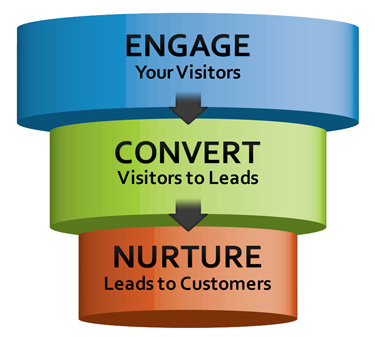
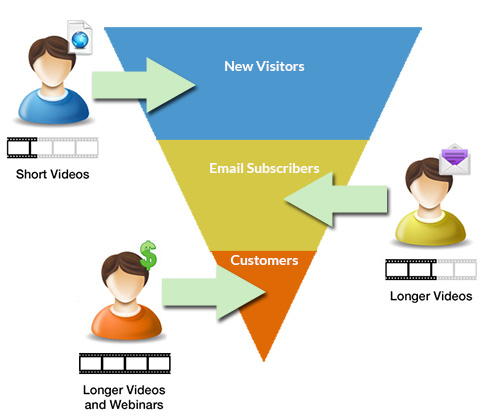

 Promotional Video – A video that promotes your brand, a competition or offering. These are engaging and very attractive, use bright colours and interesting transitions which will catch the eye of the viewer. Branded Video – A branded video sells the brand. The video doesn’t give away the brand away at all until the end. Having an authentic, entertaining, well thought out
Promotional Video – A video that promotes your brand, a competition or offering. These are engaging and very attractive, use bright colours and interesting transitions which will catch the eye of the viewer. Branded Video – A branded video sells the brand. The video doesn’t give away the brand away at all until the end. Having an authentic, entertaining, well thought out 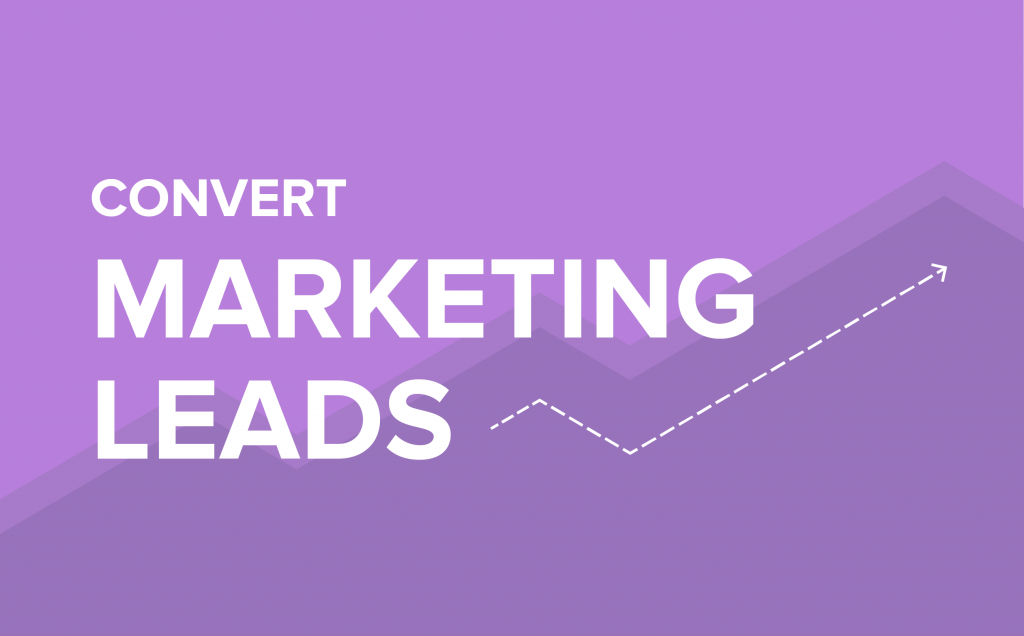 Company profile video – A company profile video introduces staff, the company’s mission and other business type information. Using upbeat, interesting music will entice people to watch. Using more interesting transitions between shots and creating a storyline that is unique. Product Demo – Promoting a product showing how it works. Have a user experience the product and give word of mouth on how to use it (borders on customer testimonial). Interview Video – a video where you interview people on a show etc to show their expertise. Have an interesting graphic behind the subject or possibly use green screen to change background – could show a video playing whilst person is speaking – attract attention.
Company profile video – A company profile video introduces staff, the company’s mission and other business type information. Using upbeat, interesting music will entice people to watch. Using more interesting transitions between shots and creating a storyline that is unique. Product Demo – Promoting a product showing how it works. Have a user experience the product and give word of mouth on how to use it (borders on customer testimonial). Interview Video – a video where you interview people on a show etc to show their expertise. Have an interesting graphic behind the subject or possibly use green screen to change background – could show a video playing whilst person is speaking – attract attention. Educational Video – a video that educates people such as discovery channel videos etc – can show how to use something or how something works such as cog and wheel. Using interesting angles and lower third graphics to make it interesting. Infographic video – turning an infographic into a video as to elaborate and make parts move. It’s more interesting and consuming as parts move and information can be timed to visuals. Tutorial Video – Showing how to do something such as software. The topic must be interesting to attract viewers. Certain things can be highlighted to emphasize what’s going on.
Educational Video – a video that educates people such as discovery channel videos etc – can show how to use something or how something works such as cog and wheel. Using interesting angles and lower third graphics to make it interesting. Infographic video – turning an infographic into a video as to elaborate and make parts move. It’s more interesting and consuming as parts move and information can be timed to visuals. Tutorial Video – Showing how to do something such as software. The topic must be interesting to attract viewers. Certain things can be highlighted to emphasize what’s going on.